The 15 Weirdest Moments in the History of Barbie
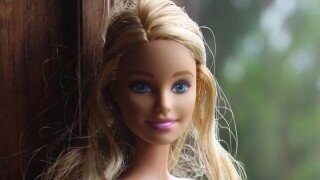
Depending on when you grew up and your particular gender identity, Barbie was either a treasured part of your childhood, responsible for every evil visited upon modern women, or something you barely glanced at as you made your way to the cooler aisle of the toy section. Ryan Gosling is involved now, though, so we have to care, and it turns out the history of Barbie is way weirder than her many fashionable pantsuits would let on.
She Was Based on a Sex Doll
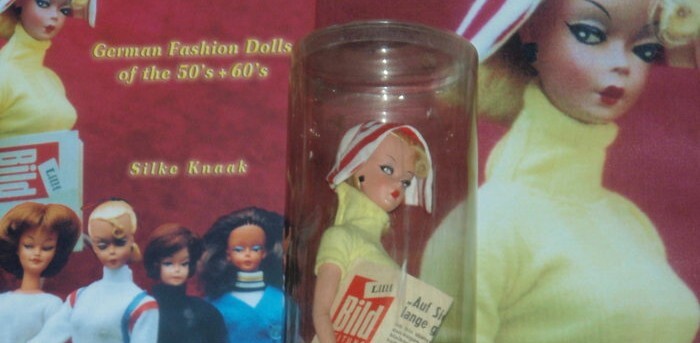
The creator of Barbie, Ruth Handler, was inspired by the design of the Bild-Lilli doll, a German doll based on a slutty comic book character that was sold in tobacco and sex shops and decidedly not for children, which she saw during a family trip to Switzerland. It’s unclear where Handler could have seen such a thing during a family vacation, but get it, R-Hand.
Barbie’s First Makeover
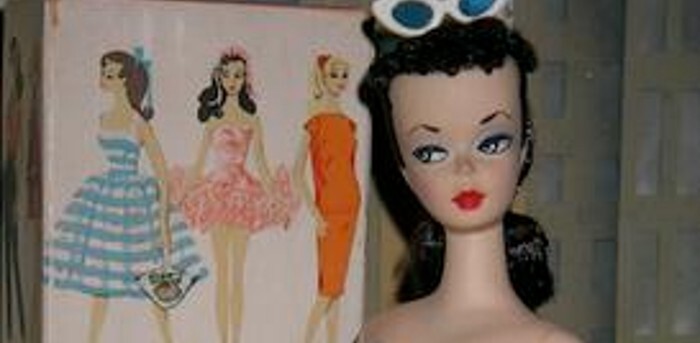
This was apparent to the moms of the ‘50s, who were certain this nipple-less and smooth-genitaled doll was nevertheless up to no good. Handler hired a “Freud-influenced branding guru” to figure out how to get them on her side, who advised her to tell moms it would help their daughters develop their fashion sense -- but also to make the dolls more aspirational by giving them bigger boobs. That’s what all little girls want: back pain and exclusively online bra shopping.
Slumber Party Barbie

In 1965, Mattel proved they had no idea what happens at slumber parties with Slumber Party Barbie, who came not with boxes of pizza and a Ouija board but a bunch of hairstyling tools, a scale permanently displaying 110 lbs., and a book of diet advice that only said “Don’t eat!” Everything else aside, that’s “Morning Routine Barbie” at best.
The Disappearance of Tutti
Also in 1965, Mattel introduced Tutti and Todd, Barbie’s twin siblings. They were discontinued in 1971, but when Todd later resurfaced, his twin was now some bitch named Stacie. What happened to Tutti? Can we get a true crime podcast here?
Growing up Skipper
Skipper was also introduced in the mid ‘60s, but she was popular enough to stick around un-changelinged, if not unchanged. In 1975, Mattel released the Growing Up Skipper doll, which could grow taller and bigger boobed when her arm was twisted. Were people just, like, way cooler with boobs in the mid 20th century?
Teen Talk Barbie

In 1992, Mattel released the Teen Talk Barbie, which spoke hundreds of prerecorded, stereotypically feminine sentences like, “Will we ever have enough clothes?” and “Want to go shopping?” (You know how Barbie be shopping.) The one that pushed her into a new circle of bimbodom, though, was “math class is tough,” which Mattel removed in response to intense backlash.
The Barbie Liberation Organization

The Teen Talk Barbie was the last straw for a group of people who called themselves the Barbie Liberation Organization. They bought a bunch of Teen Talk Barbies, swapped their voice boxes with those of talking G.I. Joes that were unfortunately produced at the same time, and put them back on store shelves just in time for Christmas. Around 300 Barbies in at least two states were opened on Christmas morning only to announce “Vengeance is mine!” and “Eat lead, Cobra,” definitely radicalizing at least a few second-graders.
What Are Barbie’s Politics?

During almost every election season, Barbie has run for president, but exactly what she hopes to accomplish as leader of the free world is maddeningly unclear. Obviously, Mattel doesn’t want to alienate any parents or their credit cards, so Barbie’s platform has been largely limited to the general idea of girl power. The only clue we get was that she sat out the 1996 election, implying she was a Democrat since she couldn’t have run against the incumbent Bill Clinton, but she’s run every year since, so maybe she jumped to the Green Party. No wonder she can’t win!
Oreo Barbie
In 2001, Mattel did what we believe the kids call a collab with Nabisco, releasing the Oreo School Time Fun Barbie and proving that not a single black employee got a look at the design first. See, there was a white Oreo Barbie and a black Oreo Barbie, which would be weird even if “Oreo” wasn’t a derogatory slang term. The dolls were recalled and Mattel learned a valuable lesson about having an all-white design team.
When Barbie and Ken Broke Up

Just before Valentine’s Day 2004 (so you know the shit hit the fan), Mattel announced that Barbie and Ken were hitting pause on their half-century relationship. They got back together in 2011, but during their break, she hooked up with some guy named Blaine who was allergic to sleeves. Who among us, right?
A Surprise Harvey Weinstein Cameo

(Buena Vista Home Entertainment)
You know who little girls love? Harvey Weinstein! That’s apparently what producers thought when they asked him to do a guest voice in My Scene Goes Hollywood, a direct-to-DVD movie starring Barbie’s mid-2000s My Scene characters in which they fawn starstruck over Weinstein, and why he said yes. Definitely not so the next generation of up-and-coming actresses would know who they needed to impress.
I Can Be a Computer Engineer
In 2010, Mattel published their latest installment of Barbie’s I Can Be… series that turned out to have nothing to do with computer engineering. In fact, the story involves Barbie having “design ideas” that her boy friends are going to turn into a game and then immediately destroying her laptop with a virus. On the bright side, it inspired a group of actual lady programmers to create a game that let users rewrite the book, because literally anyone could do it better.
Unwitting Accessory Barbie
Also in 2010, Barbie decided to take a technological step back and got into vlogging as Video Girl Barbie, which contained a built-in camera that could stream video. It seems harmless enough as far as our crumbling society goes, but the FBI issued an alert to law enforcement agencies that the doll could be used to covertly make child pornography, which accidentally got sent to the general media instead, implying to parents that Barbie’s myriad career changes had taken a turn.
Barbie and the Sports Illustrated Swimsuit Issue
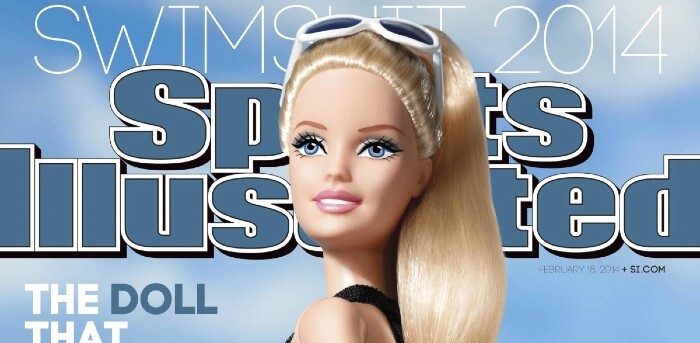
(Authentic Brands Group)
Speaking of porn, in 2014, Barbie decided she was done apologizing for setting feminism back by posing for Sport’s Illustrated’s “Unapologetic” advertising campaign. Yes, an actual Barbie doll. Posed for a magazine that functions mostly as masturbation material for men who want to maintain a thin veneer of plausible deniability. As a statement of non-apology for being that.
Hello Barbie
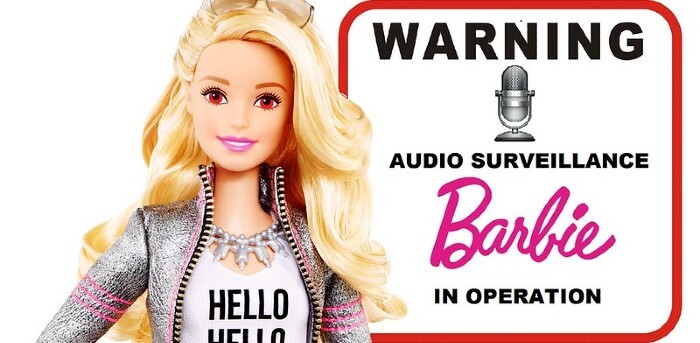
Barbie really entered the tech game with 2015’s Hello Barbie, an Alexa-like doll that used AI to have real-time conversations with children and remember details about them over time, raising questions like, “Wait, how? It’s recording children? How are those recordings used? Are there any limits to how the third parties analyzing those recordings can use them?” Hello Barbie was promptly discontinued, but it was arguably just preparing children for a world in which everything they touch will do that.
Top image: Sandra Gabriel/Unsplash